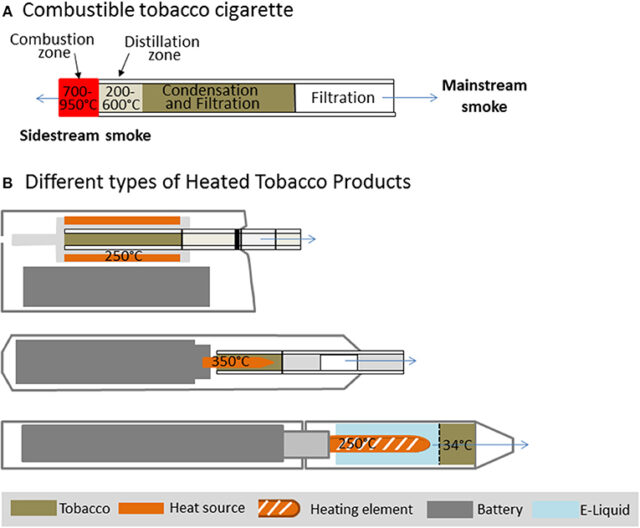Heated Tobacco Products: A Growing Trend or a Health Hazard?
As the popularity of heated tobacco products (HTPs) continues to rise globally, questions surrounding their health implications remain prevalent. Ben Taylor, an IT consultant with nearly 30 years of smoking experience, decided to transition from traditional cigarettes to HTPs. After unsuccessful attempts with vaping, he discovered IQOS, a sleek device produced by Philip Morris International (PMI) that employs heating rather than burning tobacco.
Taylor reported a more satisfying experience with IQOS than with other alternatives, noting the absence of the traditional cigarette odor and a disappearance of his persistent cough. Many similar devices have gained traction across more than 60 countries since their introduction, especially in Italy and Japan, raising intrigue over their potential role in reducing tobacco harm.
A Brief History of Heated Tobacco Products
The concept of heated tobacco isn’t new. RJ Reynolds first attempted to market a heated tobacco product in 1988, known as Premier, which failed due to unappealing taste and odor. However, advancements in technology have led to a resurgence in HTPs in the last decade, with brands like Ploom from Japan Tobacco and Glo from British American Tobacco entering the market.
| Brand | Manufacturer | Market Launch Year |
|---|---|---|
| IQOS | Philip Morris International | 2014 |
| Ploom | Japan Tobacco International | 2014 |
| Glo | British American Tobacco | 2018 |
Is It Truly Safer?
Advocates for heated tobacco assert these products present a less harmful alternative to traditional smoking. PMI claims that its goal is to eliminate cigarette sales and shift towards smoke-free products by 2030. However, independent health experts express concerns over the potential health risks, especially among youth. Despite PMI’s claims of targeting adult smokers, research suggests HTPs may appeal to younger demographics, possibly initiating tobacco use rather than curbing it.
One study highlighted that non-smokers who tried heated tobacco were significantly more likely to progress to smoking within a short period. This raises alarms about the societal impact of aggressive marketing strategies employed by tobacco companies, including partnerships with social media influencers.
The Science Behind HTPs
Ongoing research has revealed that while heated tobacco products may emit fewer harmful substances compared to cigarettes, they are not devoid of health risks. Investigations demonstrate that HTPs can release toxic compounds, resulting from the heating process, which may lead to significant health issues for users.
As the industry maintains a focus on promoting HTPs as a safer option, regulatory bodies emphasize the necessity for comprehensive testing of these products to ascertain their long-term health effects. Critics argue that the current framework allows tobacco products to enter the market without stringent health assessments, urging for a more rigorous approach akin to that employed for food and pharmaceuticals.
As IQOS makes a notable return to the US market in 2025, concerns over dual usage and the potential for increased tobacco consumption persist. The debate surrounding heated tobacco products remains contentious, accentuating the need for continued vigilance in public health policies to mitigate the emerging risks associated with these new tobacco alternatives.














